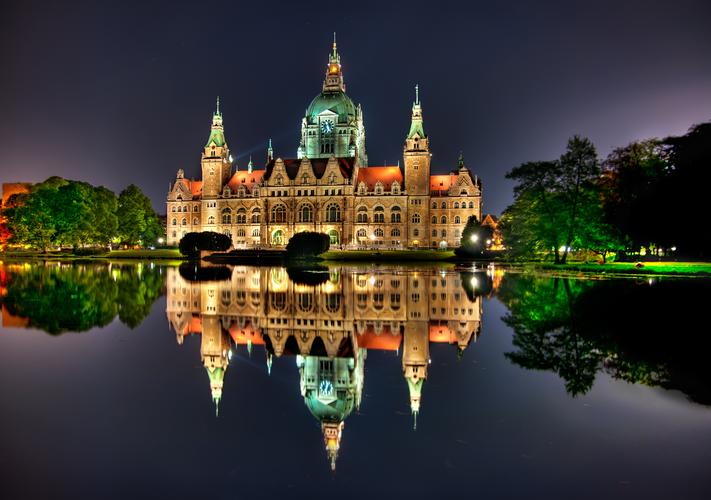Exploring the History and Beauty of the Tibetan Mongolian Buddhist Cultural Center
Nestled amidst the lush forests of southern Indiana, the Tibetan Mongolian Buddhist Cultural Center offers an ethereal respite from the hustle and bustle of modern society. Founded by Thubten Jigme Norbu, the eldest brother of the Dalai Lama, the center has been a beacon of spiritual and cultural enlightenment for over four decades. In this article, we delve deep into the history and beauty of this unique cultural center, and explore the countless experiences it has to offer.
A Brief History
The Tibetan Mongolian Buddhist Cultural Center was founded in 1979 by the renowned monk and scholar Thubten Jigme Norbu. Born in 1922 in Takster, Tibet, Norbu was the eldest brother of the 14th Dalai Lama, Tenzin Gyatso. Along with his siblings, Norbu was forced to flee Tibet after the Chinese invasion of 1959, eventually settling in the United States. It was here that Norbu established the center, with the aim of educating Americans about Tibetan culture and spirituality.
Today, the center is home to a thriving Buddhist community, welcoming people from all walks of life to come and explore the teachings of the Buddha. Visitors can attend guided meditation sessions, participate in discussions on Buddhist philosophy, and even take part in traditional Mahakala dances.
The Beauty of the Center
The Tibetan Mongolian Buddhist Cultural Center is a veritable feast for the senses. From the stunning Tibetan-style architecture to the vibrant prayer flags fluttering in the breeze, every aspect of the center is designed to transport visitors to a world of peace and tranquility.
One of the standout features of the center is the Golden Buddha Pavilion, a majestic structure that houses a 14-foot-tall statue of the Buddha. The pavilion is adorned with intricate carvings and murals, depicting scenes from the life of the Buddha and other important figures in Tibetan Buddhism. Visitors can sit in quiet contemplation, soaking up the peaceful energy that permeates the space.
Another highlight is the serene peace garden, a meditative oasis that invites visitors to connect with nature. The garden boasts a tranquil koi pond, a shaded meditation grove, and winding paths lined with blooming flowers and shrubs.
Experiences and Offerings
The Tibetan Mongolian Buddhist Cultural Center offers a wealth of experiences for visitors, from guided tours of the center’s exquisite temple and museum to workshops on Tibetan thangka painting. Those seeking a more immersive experience can even sign up for a retreat, spending several days or weeks living and studying in the midst of the center’s serene surroundings.
One of the center’s most popular offerings is the annual Tibetan Mongolian Buddhist Cultural Center Summer Festival, a colorful celebration of Tibetan culture and spirituality. The festival features traditional music and dance performances, art exhibits, and vendors selling authentic Tibetan goods. Visitors can sample delicious Tibetan cuisine, participate in hands-on workshops, and even take part in a traditional Tibetan yak dance.
Conclusion
The Tibetan Mongolian Buddhist Cultural Center stands as a testament to the transformative power of faith and spirituality. With its rich history, breathtaking beauty, and array of enriching experiences, it offers a unique and meaningful journey for anyone seeking enlightenment and connection in today’s busy world. Whether you are a lifelong practitioner of Tibetan Buddhism or simply a curious traveler, a visit to this remarkable cultural center is sure to leave a lasting impression on your heart and mind.
(Note: Do you have knowledge or insights to share? Unlock new opportunities and expand your reach by joining our authors team. Click Registration to join us and share your expertise with our readers.)
Speech tips:
Please note that any statements involving politics will not be approved.
